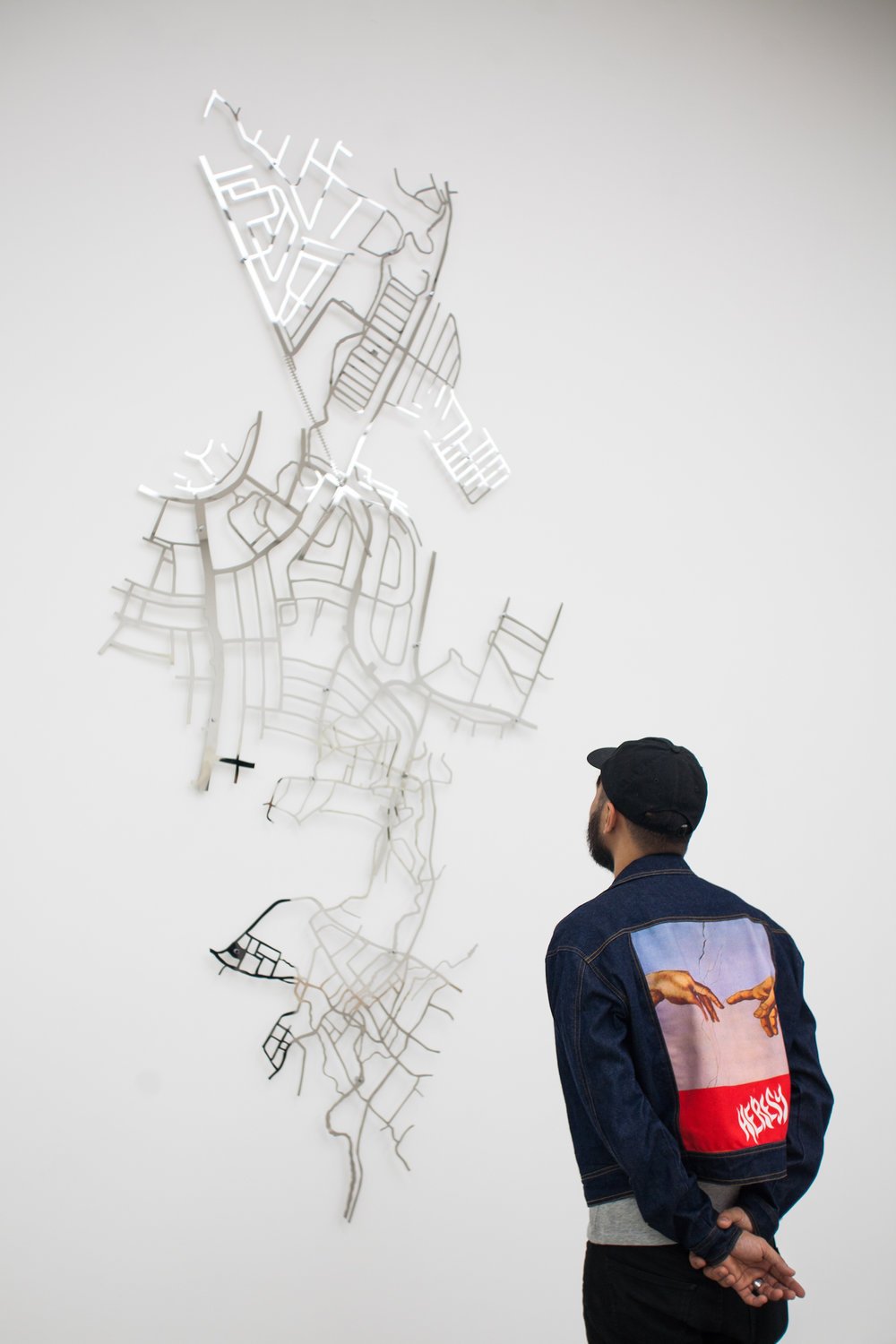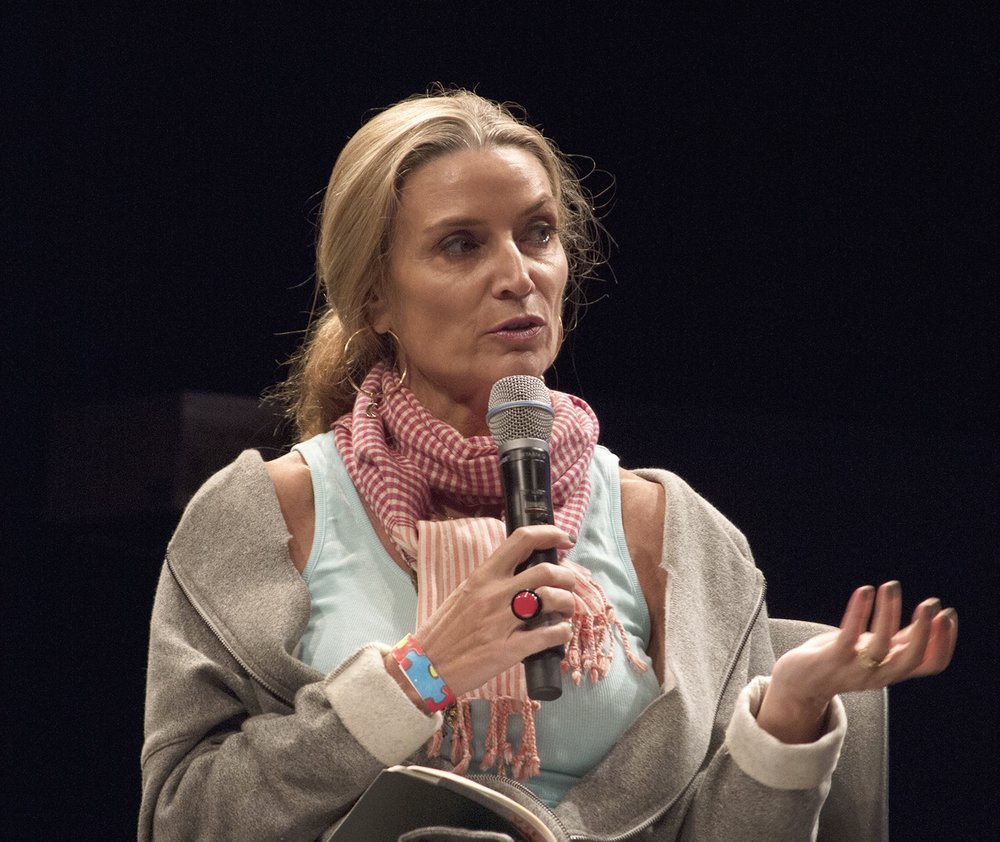Interview with Ryan Villamael
The Filipino artist continues to question history through paper
By A&M
Ryan Villamael, 'Terrain, After', 2019, acid-free paper, 68 x 269cm. Image courtesy of Silverlens and the artist.
‘A Paradise Lost’, on view at Silverlens until 9 February, is Ryan Villamael’s (b. 1987) 7th solo exhibition with the gallery. The show builds on the artist’s ongoing exploration of the history of the Philippines as it has been written. It features the Filipino artist’s signature delicate intricate paper cuttings. Through these works, he engenders meaningful conversations about his country’s past, and in the process throws up questions about the memories of one’s personal history as well.
A&M speaks with the artist to find out more about his latest exhibition, his long-time relationship with Silverlens, as well as how travel has enriched his work.
Ryan Villamael, 'Home: Hoya', 2019, blueprint, 61.5 x 40cm. Image courtesy of Silverlens and the artist.
What is the central idea for ‘A Paradise Lost’, and how does that develop from what you’ve been working on thus far in your artistic practice?
In the process of working on A Paradise Lost, I found myself confronting not just the tangled narratives of my country, but of my own personal history. As the son of an Overseas Filipino Worker (OFW) worker who has disappeared from his family’s lives, I’ve realised that I use tenets learned from the study of history in my practice —narratives patched together from disparate accounts and experiences— to make peace with my own past. The letters my father used to write me as a young boy, the promises made by blueprints to a house that never materialised, coordinates to an address that may or may not be outdated.
‘A Paradise Lost’ is history as emotional forensics. It is a show about history, loss, and the ways we piece ourselves together by slicing and cutting away the ties that bind, allowing ourselves to create our own narratives by reconciling with our past.
What do you like most about working with paper? And what is most challenging about creating work in this medium?
I started working with paper not out of desire but out of necessity. After college, I was working as an assistant for different artists and on the side, trying to figure out my own practice. I wanted to paint and I wanted to sculpt but I couldn’t afford to work in those mediums. I ended up with paper because it was what I could afford. I realised I could say what I wanted to say and do what I wanted to do with a very simple material. I think we all have a very personal relationship with paper as a material. We played with it as kids, we write on it, we shape it. I realised I didn’t have to paint or sculpt and that paper could be expressive. I’ve stuck with it since then because the material keeps revealing different possibilities. In the last few months though, I’ve been experimenting with different materials, such as metal, mirrors, and even sand, and we’ll see where that goes. For now, I’m having fun playing. It’s serious play.
Ryan Villamael, 'Home: K.S.A.', 2019, blueprint, 41 x 28.5cm. Image courtesy of Silverlens and the artist.
‘A Paradise Lost’ is your seventh solo exhibition with Silverlens. What do you think is the space’s importance to the Filipino art landscape, and what has the working relationship with the gallery been like?
Silverlens represents some of our country’s most accomplished artists, such as Maria Taniguchi and Martha Atienza. These are people I look up to and whose practice I’ve admired and feel grateful to share a space with. The gallery took a chance on me nine years ago, when I was starting my career as an exhibiting artist, and I’ve had a great journey with them so far. It’s up to the artist to grow the ideas and to do the work, but it’s necessary to have a gallery that understands the trajectory of your work and your career.
How has travel enriched your artistic practice?
The residencies I did in Australia, France, and the UK were significant because they helped me understand not just my work, but myself, where my work stood in the bigger world, and what that bigger world means for someone like me.
Ryan Villamael, '10°81°75°', 2019, stainless steel, 271.78 x 132.08cm. Image courtesy of Silverlens and the artist.
What have been significant milestones in your career, and what is the next goal?
Archipel Secret, a group show I was a part of in Palais de Tokyo in Paris, was a game-changer for me. It was the first time I saw where my work stood in the world. There was a lot of anxiety and self-doubt involved in putting that show together for me so it was really rewarding to see everything come together.
The 2016 Singapore Biennale was similarly significant. I was fortunate enough to win three residencies at the 2015 Ateneo Art Awards and that allowed me to travel and see the world. This, to a boy who grew up in a mountain in the province, and who never really thought he’d see beyond Manila, was really powerful.
What can we look forward to seeing from you next in 2019?
I’m currently working on a special exhibition for Art Fair Philippines.
Ryan Villamael’s solo exhibition, ‘A Paradise Lost’, is on view at Silverlens from 12 January to 9 February 2019.
'Of Dreams and Contemplation: Selections from the Collection of Richard Koh', 2019, exhibition installation view. Image courtesy of The Private Museum. Photo by Daniel Swee.
Looking ahead, Koh holds the sentiment that more can be done to promote Southeast Asian art, especially by galleries and artists. This can be achieved through more collaborations among regional galleries, however it is also necessary to keep commercialism in check. "One main problem occurs when galleries prioritise profit at the expense of the artist's career," he explains. "Many artists also view sell-out shows as a sign of success which sometimes works against them. They end up overproducing and lose track of what being an artist is all about."
’Midday Stanza’ is on view from 23 January to 16 February 2019 at RKFA Singapore, while ‘Of Dreams and Contemplation: Selections from the Collection of Richard Koh’ runs from 23 January to 3 March 2019 at The Private Museum.


















